Brush Up on Your Japanese Buddhism Knowledge
There are two main religions in Japan: Buddhism and Shinto. Shinto is Japan’s indigenous religion, and is an animist belief system that worships nature and incorporates over 8 million kami (gods or deities). Buddhism, on the other hand, made its way from mainland Asia to Japan around the sixth century.
By SoraNews24Types of Buddhism in Japan — Zen Buddhism
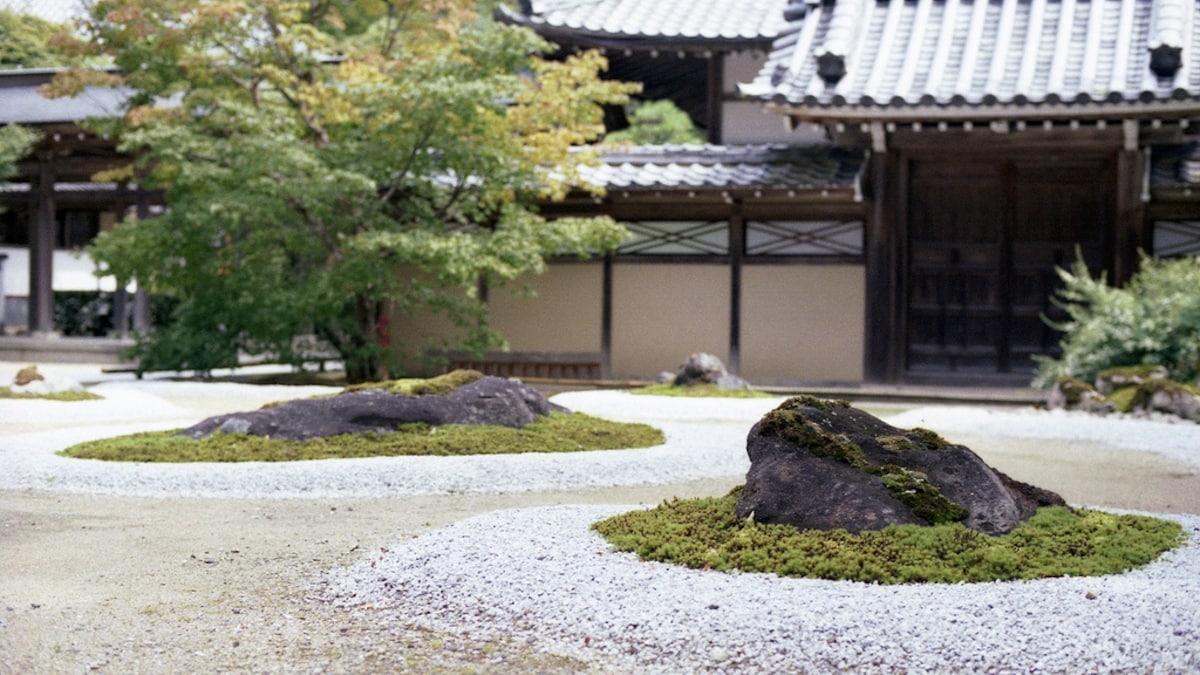
https://commons.wikimedia.org/wiki/Category:Zen_gardens_in_Japan#/media/File:Eigen-ji_(Rinzai_temple)_-_front_area_landscaping.jpg
While Zen Buddhism is most familiar to people in the West, in Japan there are many popular sects including Zen, Shingon, Pureland, Nichiren and Tendai. There are at least a dozen other sects and schools scattered throughout the country.
Mount Koya is the headquarters of Shingon Buddhism and Mount Hiei, a mountain in Kyoto, which includes Enryaku-ji Temple, is the headquarters of the Tendai sect of Buddhism. Both Mount Koya and Mount Hiei are World Heritage Sites and common destinations on a trip to Japan. The temple featured above, Eigen-ji in Shiga Prefecture, is one of the 14 branches of the Rinzai school of Japanese Zen Buddhism.
Shakyamuni Buddha
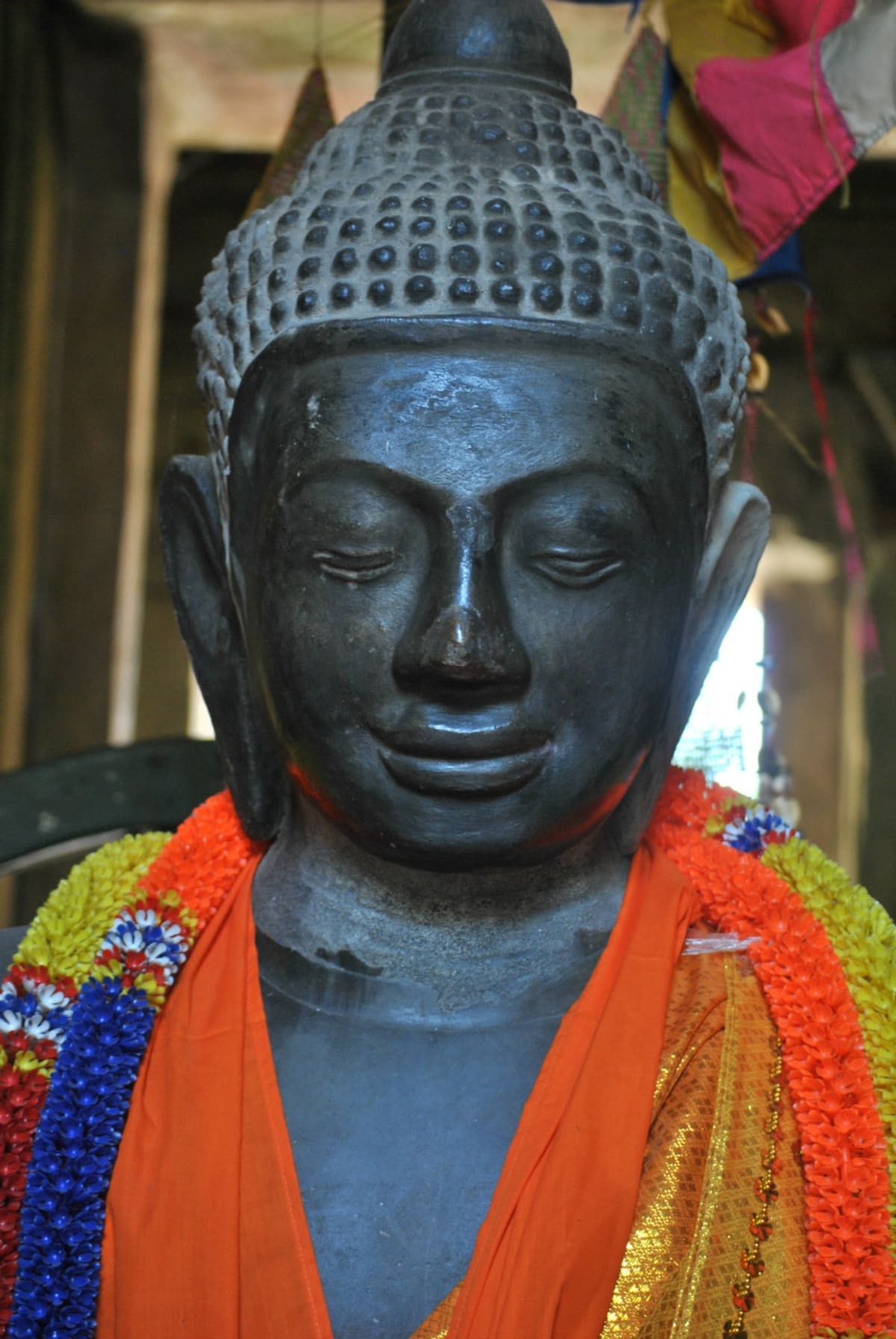
http://en.rocketnews24.com/2016/01/30/japanese-buddhism-in-10-minutes%E3%80%90rocketpedia%E3%80%91/
The Buddha is portrayed differently depending on the culture. While the Cambodian Buddha above is pictured wearing garlands and orange robes, he is usually portrayed in a more sober atmosphere in Japanese Buddhism, devoid of color and spangles like the Ushiku Daibutsu in Ibaraki Prefecture pictured below.
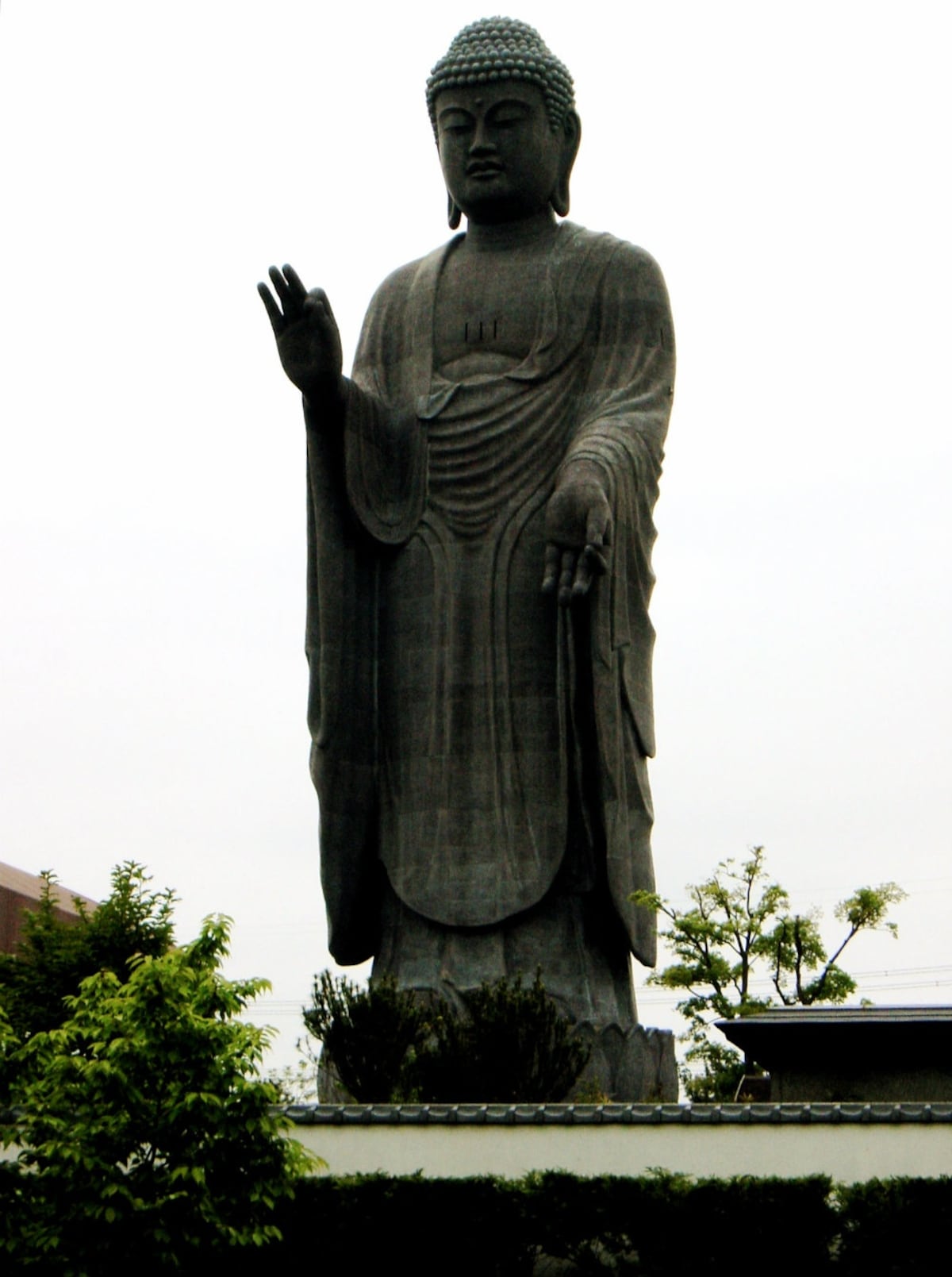
https://en.wikipedia.org/wiki/Ushiku_Daibutsu#/media/File:Ushiku_Daibutsu.jpg
In Japan, the historical Buddha is called Shakyamuni Buddha, though he was not born with the name Buddha, of course. Like many famous people, he took his current name only after he had achieved some notoriety. His given name was Siddhartha. Siddhartha was born in Lumbini, Nepal, as a prince, but he left the palace at 26 years of age to search for the meaning of life. After six years, he found it while meditating under a tree, now called the Bodhi Tree, for 49 days.
After reaching enlightenment, Siddhartha took the name Buddha, which means “awakened one.”
The Buddha taught people to find fulfillment by living a modest life devoid of greed and self-indulgence and by understanding the true nature of the mind. He said that suffering is a result of ignorance, which comes from attachment to and craving for things. If you get rid of those, you will rid yourself of suffering. He instructed people to reach this state by cultivating proper understanding, thought, speech, action, livelihood, effort, mindfulness and concentration. Buddhism teaches that all things and all movements in the universe are related to one another.
Buddhist Structures — Temples
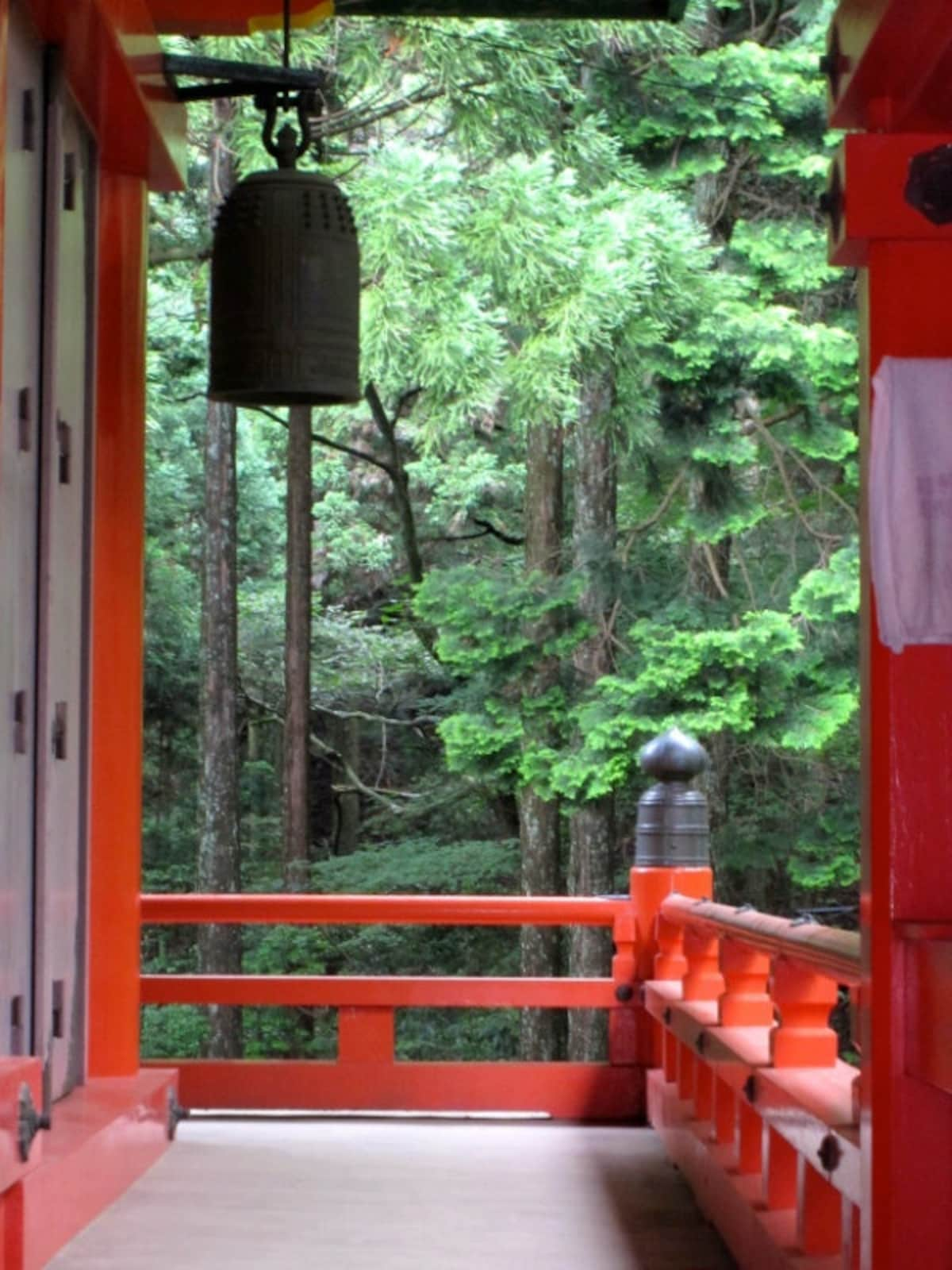
http://en.rocketnews24.com/2016/01/30/japanese-buddhism-in-10-minutes%E3%80%90rocketpedia%E3%80%91/
Buddhist temples house Buddhist deities and sacred objects. You may have heard that the temple bell is hit 108 times at the Japanese New Year. Each gong represents one of our 108 bonno, or defilements.
These 108 sins are the roots of human suffering and what Buddhism attempts to absolve while taming our mental vicissitudes. We should work to eliminate anger, ignorance, and greed (three of the 108 defilements) from ourselves and our actions, for example. We should aspire to seek solutions rather than get angry, aim to accept rather than discriminate, and attempt to understand rather than remain ignorant. Once you’ve achieved that, you have 105 more evils to work on.
Pagodas
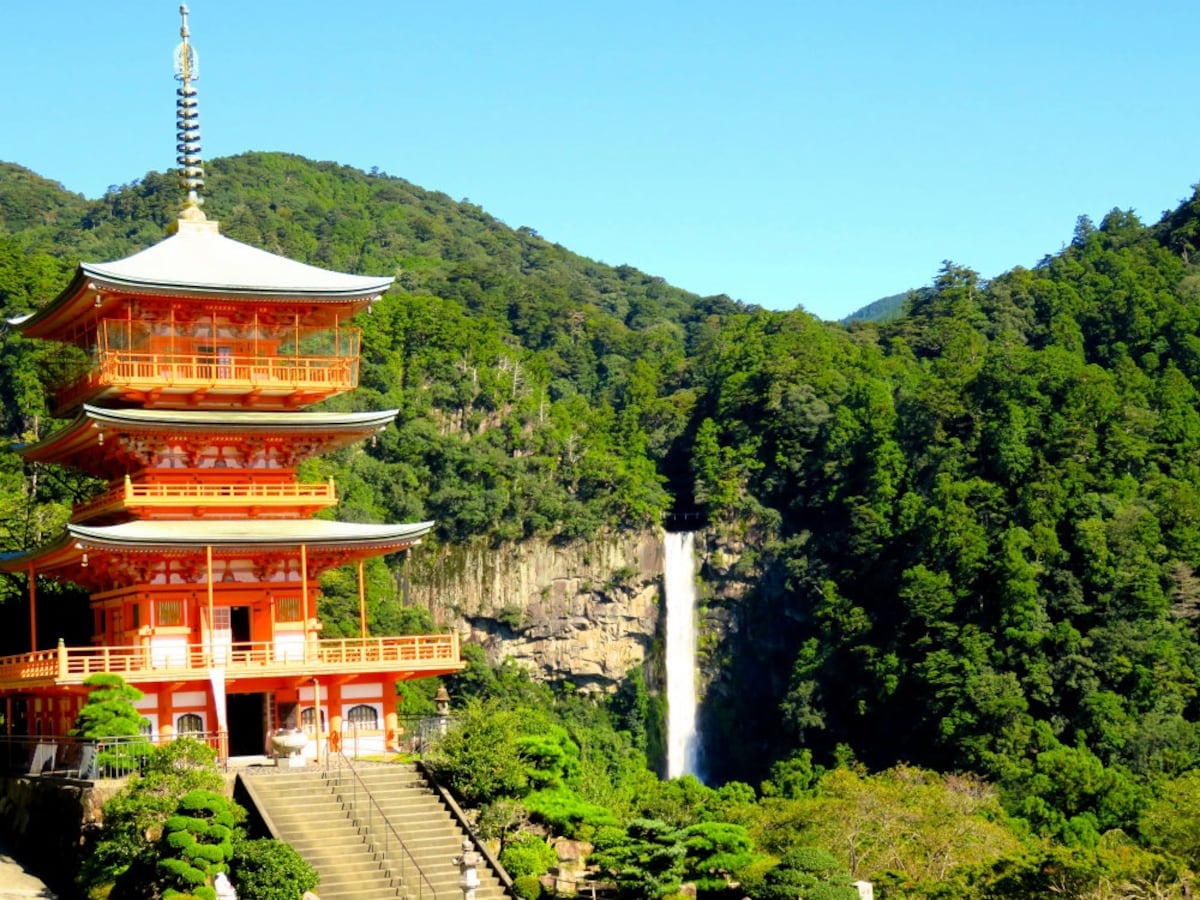
http://en.rocketnews24.com/2016/01/30/japanese-buddhism-in-10-minutes%E3%80%90rocketpedia%E3%80%91/
Pagodas (which look like Seiganto-ji, pictured above) are Buddhist structures that symbolize the five-fold cosmic forces: earth, water, fire, wind and space.





